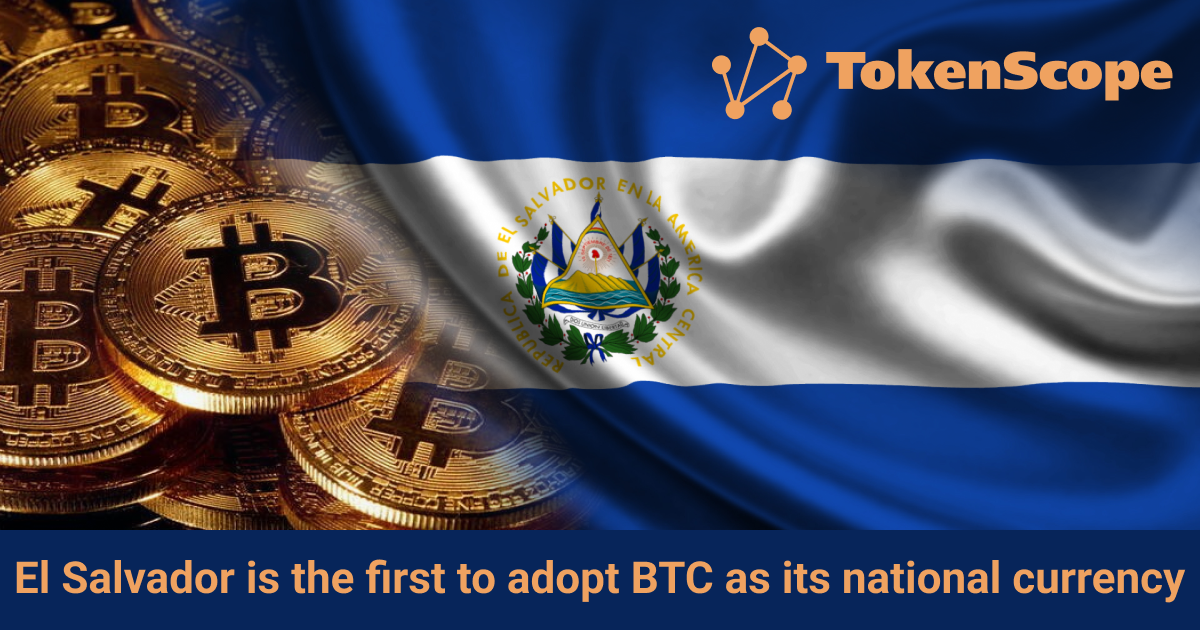Crypto regulation in the world: weekend update

Europe
The European Central Bank issued it’s Macroprudential Bulletin dedicated to risks and policy implications of several segments of the crypto-asset market.
We already mentioned the analysis of digital assets risks carried out by the Financial Stability Board (FSB). ECB also suggests that the nature and scale of crypto-asset markets are evolving rapidly and if current trends continue, crypto-assets will pose risks to financial stability.
It is clear that the collapse of Terra project influenced a lot on the whole digital assets industry and forced financial regulators to expand their view of the crypto regulation scope. The ECB in the Bulletin starts with analysis of stablecoins role in crypto-asset markets and their possible implications for financial stability and it seems to be an issue that really cares the regulator.
It is stated that the use of stablecoins within the crypto-asset ecosystem have multiplied in recent years and thus stablecoins account for only a small part of the total crypto-asset market, but the largest ones have assumed a critical role within the crypto-asset ecosystem. As an example the largest existing stablecoin, Tether, has already become critical in crypto-asset trading.
The major role of stablecoins in the digital assets industry is that they are used as a bridge between official currencies and crypto-assets. Driven by Tether, the trading volumes of stablecoins surpassed those of unbacked crypto-assets in the course of 2021, reaching average quarterly trading volumes of €2.96 trillion, almost on a par with those of US equities on the New York Stock Exchange (€3.12 trillion). Another point is that stablecoins provide most of the liquidity in DeFi applications such as decentralised exchanges and lending protocols.
It is stated that stablecoins may pose risks to financial stability through different contagion channels. First of all it is stated that recent developments show that stablecoins are anything but stable, as exemplified by the crash of TerraUSD and the temporary de-pegging of Tether. Holders of stablecoins may lose their savings in the event of a run on or failure of a stablecoin.
Secondly, growing interest by banks, payment service providers and big techs in the issuance or use of stablecoins is likely to increase connections with the traditional financial system. This may pose a risk to financial stability in the future as the critical function some stablecoins play in the wider crypto-asset ecosystem is a concern for financial stability.
The ECB concludes that due to potential risks and cross-border nature of stablecoins, a granular and robust global regulatory approach is essential. International standards will need to cover all relevant entities and functions in a stablecoin arrangement.
The UK Treasury on July, 20 revealed its Financial Services and Markets bill – a set of legislation that includes guidelines on the safe adoption of cryptoassets, including stablecoins. The main purpose of the document is to improve the flexibility and competitiveness of the UK financial system and to create a standard for the use of stablecoins when making transactions.
According the Bill stablecoins should be regulated as means of payment. The bill contains requirements for mandatory registration with the Financial Conduct Authority (FCA) for cryptocurrency companies, issuers of stablecoins, and custodial services.
With the adoption of the Bill the UK will stand in a line with those few countries that already have a legislation framework for stablecoins. Anyway, to become a law the bill will have to be passed by lawmakers in both the House of Parliament and the House of Lords to be written into UK law.
USA
The US forthcoming crypto bill – the Responsible Financial Innovation Act (RFIA) is unlikely to be voted on this year by the US Senate, according to one of the lawmakers driving the effort, Bloomberg announces. One of the lawmakers Senator Cynthia Lummis said on Tuesday that the full bill she released last month with Democrat Kirsten Gillibrand would probably not be considered until next year. The lawmakers said various Senate committees, which first need to first green-light aspects of the proposal, could advance pieces of the plan during 2022.
At the same time, the Democrats are ready to unveil the draft bill to regulate stablecoins, and it should be presented next week. The draft bill would allow nonbanks to issue stablecoins provided they adhere to the tougher oversight but would prohibit companies from issuing their own stablecoins, according to Reuters. Issuers of stablecoins tie their value to traditional currencies like the U.S. dollar, intending the digital currencies to have low volatility. But the high-profile collapse and stresses experienced by some major stablecoin issuers in recent months have brought added scrutiny from regulators, who worry consumers could be harmed.
Finally, we must mention that Paraguay and Andorra have adopted this week their national laws to regulate cryptocurrency and established the legal framework for digital assets.
We continue to highlight the news of the world of crypto regulation worldwide. Please stay with us!




